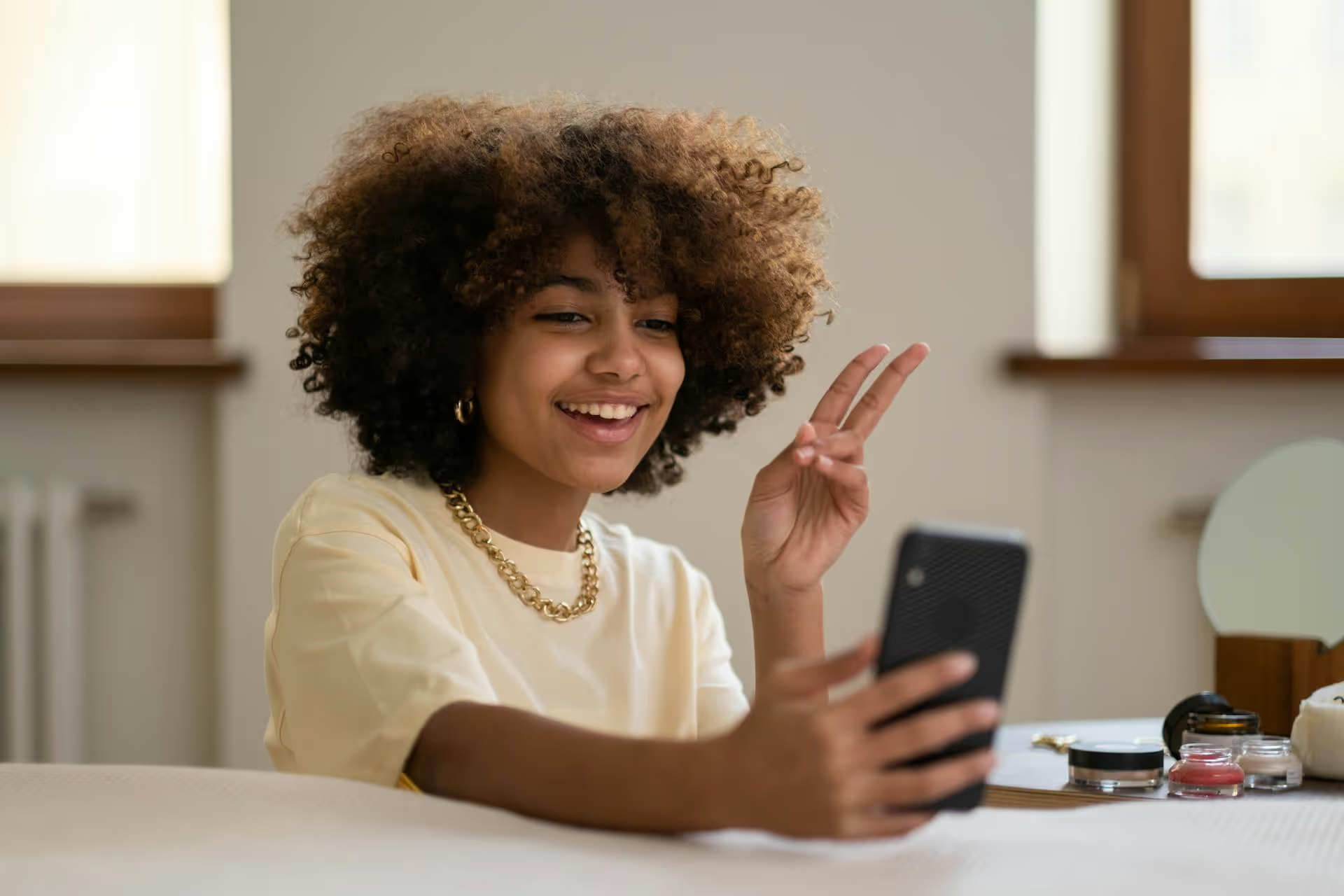How to Add Social Media Icons to an Email Signature
Enhance your email signature by adding social media icons. Discover step-by-step instructions to turn every email into a powerful marketing tool.

Crafting an influencer marketing plan that actually drives results goes far beyond just sending DMs and free products. A strong strategy is built on clear goals, authentic partnerships, and a solid understanding of what success looks like for your brand. This guide will walk you through, step by step, how to build an influencer marketing plan that feels organized, intentional, and gets you the business results you’re after.
Before you even think about which influencers to contact, you need to define what you want to achieve. Without a clear goal, you'll have no way to measure your return on investment (ROI) or know if your campaign was a success. Think about what a "win" looks like for your business right now.
Most influencer marketing goals fall into one of these categories:
Pick one primary goal to focus your campaign around. A campaign designed for mass awareness will look very different from one designed to drive immediate sales. Once you have your primary goal, make it a SMART goal: Specific, Measurable, Achievable, Relevant, and Time-bound. For example, instead of "increase sales," a better goal is, "Drive $5,000 in sales through influencer affiliate codes during our 4-week summer campaign."
The success of your campaign hinges almost entirely on finding the right partners. This is a two-step process: first, deeply understanding your own audience, and then finding influencers whose audience reflects yours.
You can’t find the right influencers if you don’t know who you’re trying to reach. Go deeper than basic demographics like age and location. Build an ideal customer profile that includes psychographics:
Your influencer's audience should be a near-perfect match for this profile. If you sell sustainable home goods, you don’t just need a "mom influencer", you need one whose content focuses on conscious living, whose audience actively comments on eco-friendly topics, and who embodies the values your brand stands for.
With a clear audience in mind, you can begin the search. Don't limit yourself to one method, use a mix of tactics to build a strong list of potential partners.
Remember that follower count isn’t the only metric. Consider the different tiers:
Once you have a list of candidates, it's time to dig in. A big follower count can be deceiving. Here’s what to check before reaching out:
A detailed and clear campaign brief is your best friend. It minimizes miscommunication, sets expectations for both parties, and serves as the single source of truth for the entire campaign. This isn't about controlling the creator, it's about providing the information they need to succeed.
With your homework done, it's time to reach out. How you approach this can make all the difference between forming a great partnership and being ignored.
Never send a generic, copy-pasted message. Your first point of contact, whether it's an Instagram DM or an email, should prove you’ve done your research. Reference a recent post or Story of theirs that you enjoyed. Explain *why* you think their audience and style would be a perfect fit for your brand. Keep it concise, professional, and transition to email as soon as possible for more formal discussions.
Compensation isn’t a one-size-fits-all discussion. Depending on the influencer's size and your campaign goals, payment can take several forms:
No matter the size of the campaign, an official agreement protects both you and the creator. A good influencer contract should cover:
Once the content goes live, your job isn't done. The post-launch phase is where you maximize your investment and gather the data to prove its worth.
Stay engaged! When the influencer’s post goes live, monitor the comments. Answer product questions, thank people for their kind words, and be an active part of the conversation. Make sure to reshare their content to your own social channels (as agreed upon in your contract) to amplify its reach.
Go back to the goals and KPIs you set in the very first step. Now is the time to gather the data and analyze performance.
Look for patterns. Did Reels outperform static posts? Did one influencer's audience convert better than another's? This information is invaluable and will make your next influencer marketing plan even more successful.
Building a successful influencer marketing plan is about putting in the foundational work. By setting clear goals, meticulously finding the right partners, creating a solid brief, and consistently measuring your results, you move from guesswork to a predictable strategy that builds authentic connections and grows your brand.
Once that fantastic influencer content is created, planning how it fits into your overall social media calendar is the next step. At Postbase, we built our visual calendar to make this easy, letting you drag and drop influencer posts alongside your own content to build a cohesive feed across all your platforms. It helps you see the big picture and keep your social strategy organized without the extra headache.
Enhance your email signature by adding social media icons. Discover step-by-step instructions to turn every email into a powerful marketing tool.
Learn how to add your Etsy link to Pinterest and drive traffic to your shop. Discover strategies to create converting pins and turn browsers into customers.
Grant access to your Facebook Business Manager securely. Follow our step-by-step guide to add users and assign permissions without sharing your password.
Record clear audio for Instagram Reels with this guide. Learn actionable steps to create professional-sounding audio, using just your phone or upgraded gear.
Add translations to Instagram posts and connect globally. Learn manual techniques and discover Instagram's automatic translation features in this guide.
Optimize your Facebook Business Page for growth and sales with strategic tweaks. Learn to engage your community, create captivating content, and refine strategies.
Wrestling with social media? It doesn’t have to be this hard. Plan your content, schedule posts, respond to comments, and analyze performance — all in one simple, easy-to-use tool.